You are using an out of date browser. It may not display this or other websites correctly.
You should upgrade or use an alternative browser.
You should upgrade or use an alternative browser.
US and German battleship designs for Chile?
- Thread starter Lascaris
- Start date
The battleship Almirante Latorre—named after Vice Admiral Don Juan José Latorre—was a super-dreadnought-type ship built for the Chilean Navy. She was the first of two ships of her class, ordered from the UK to be able to respond to previous purchases of warships made by Brazil and Argentina. She began construction in the city of Newcastle upon Tyne, England, shortly after her request in November 1911. Near the end of her construction, she was requisitioned by the United Kingdom for use by the Royal Navy in the First World War. She was commissioned in September 1915 under the name HMS Canada. With the British Royal Navy, she served in the Grand Fleet during the war and participated in the Battle of Jutland.Basically what is says on the title. Apparently both Germany and USA offered designs for what became Almirante Lattore. So do we have any details on them?
The ship was the result of a Chilean law, which as a result of the celebrations of the centenary of the Independence of Chile, in September 1910, authorized the construction of two dreadnoughts battleships, six destroyers and two submarines. The battleships were ordered under the names of Santiago and Valparaíso.
The request was made in the context of a naval race in the Southern Cone, in which Argentina and Brazil had also ordered their own battleships. The Brazilian navy had begun building the Minas Geraes and São Paulo in the United Kingdom in 1907. Argentina, for its part, had requested the construction of the ARA Moreno and ARA Rivadavia dreadnoughts in the United States in early 1910.
Both the Brazilian and Argentine battleships made the then existing Chilean fleet obsolete. Somehow, in South America there was a small-scale race between cannon and armor, twin of the one that was taking place in the European colonial powers at the level of large fleets. In this context, the Chilean naval authorities had the advantage of being the last to order their dreadnoughts, so they were able to request more demanding specifications than those of the Argentine ships in particular. Given the great armor of these latter ships, it was decided to increase the caliber of the Chilean main batteries by two inches (14"), compared to those of their South American neighbors (12").
In the stands, the projected Valparaíso was renamed Almirante Latorre, and the Santiago was renamed Almirante Cochrane. The construction was entrusted to the British shipyard Armstrong Whitworth, based on the design of an engineer from the same company, Eustace Tennyson d'Eyncourt. Chilean sources[1] affirm that the Latorre was the first battleship with 14" guns, but many other sources contradict this information,[2][3] assuring that in 1910 the Japanese ships Kongo and Hiei were on slipways, [4] in addition to the Americans USS New York[5] and USS Texas,[6] which had parts of that caliber, all these battleships were launched in 1912, a year before the Latorre.
The design was based on the British Iron Duke-class battleships, differing from them by its 14" battery, less armor and range. The ship for much of the service was spearheaded, which was superseded after bulges were installed. Compared to the Argentine and Brazilian battleships, it had less armor. However, the 14" battery fired grenades that, while not too different from the 13.5" on the British battleships, were far superior to the possessed by Argentine and Brazilian battleships.The Latorre's guns could fire shells of between 635 and 721 kilos, more than double the 350 kilo ammunition of the 305 mm guns.[7] Similarly, the range of 20 kilometers, compared to the 15 kilometers of the other battleships, was a significant advantage.However, this ship presented the same problems as all Royal Navy ships, that is, little armor; in favor of higher speed. but this disadvantage was mitigated by the fact that the armor was strong enough to withstand the impact of the 305 mm guns in the most important areas of the ship, so that in order to cause significant damage, the ships that faced it , they had to reduce the distance considerably.
In principle, the price of her was excessive, when compared to the price of battleships of the same Royal Navy, much more powerful. For example, they were more expensive than the fast battleships Queen Elizabeth, when these ships had a 15" battery, a much greater speed and power and better protection. But later, by repurchasing the now HMS. Canada, they incorporated the Admiral-class destroyers, the three that survived, plus a tugboat, for a price of £1,400,000 Less than half the original cost, mainly due to the wear and tear the ship suffered from her service in the Grand Fleet, at the time which the British increased the armor of the santabarbaras by 25 mm
At the beginning of the First World War, the British requisitioned the Latorre, which was renamed HMS Canada. For its part, the twin battleship of the Latorre -part of the order from Chile-, the Almirante Cochrane, was less advanced, so it was bought at a modest price in 1917, becoming the aircraft carrier HMS Eagle, one of the pioneers within these types of ships.
HMS Canada was part of the 4th Battle Squadron of the famous Grand Fleet, participating in the Battle of Jutland. During the battle she fired 42 14" grenades, receiving no hits from German fire. She was later transferred to the First Battle Squadron, and in 1919 she was posted to the Mediterranean Sea.
After the war ended, Canada was reacquired by Chile in 1920, as part of a package that included 3 torpedo boats and a tug, all at a price of one million pounds - around half the original cost of the battleship. Instead, HMS Eagle was not reacquired.
The Latorre was reconditioned and modernized, with new fire control systems and armor reinforcement. She arrived in Valparaíso in 1921, thus balancing the Chilean Navy's naval forces with Brazil and Argentina, and even surpassing that of Peru. She was at the time the pride of the Chilean Navy and generations of sailors and officers were educated in her and many legends and myths were woven regarding her size
Attachments
-
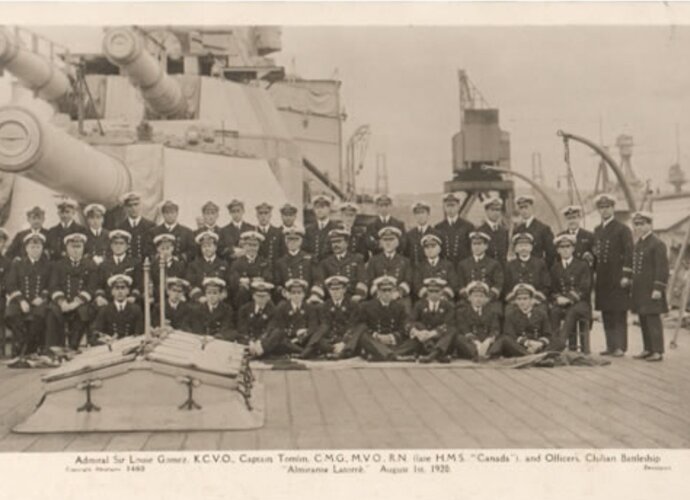 Screenshot_20220715-130012_Chrome.jpg150.7 KB · Views: 61
Screenshot_20220715-130012_Chrome.jpg150.7 KB · Views: 61 -
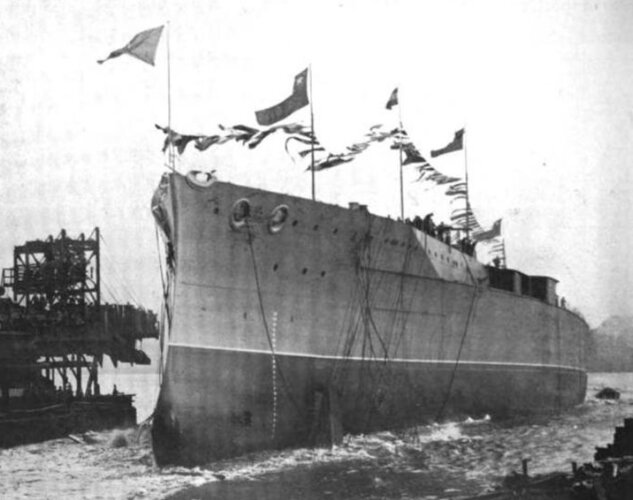 Screenshot_20220715-125915_Chrome.jpg138.8 KB · Views: 44
Screenshot_20220715-125915_Chrome.jpg138.8 KB · Views: 44 -
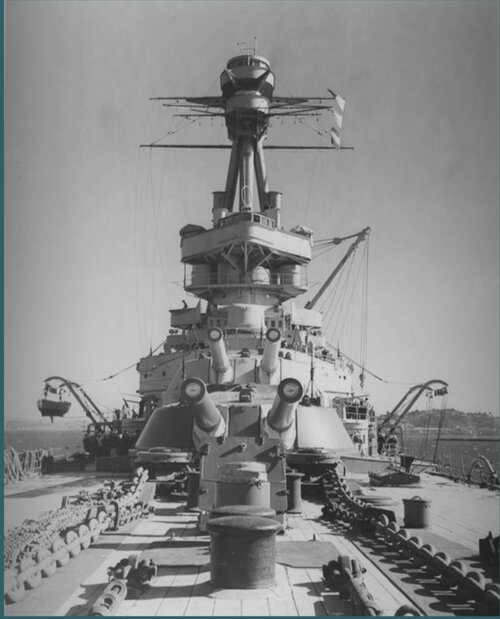 Screenshot_20220715-125825_Chrome.jpg229.3 KB · Views: 65
Screenshot_20220715-125825_Chrome.jpg229.3 KB · Views: 65 -
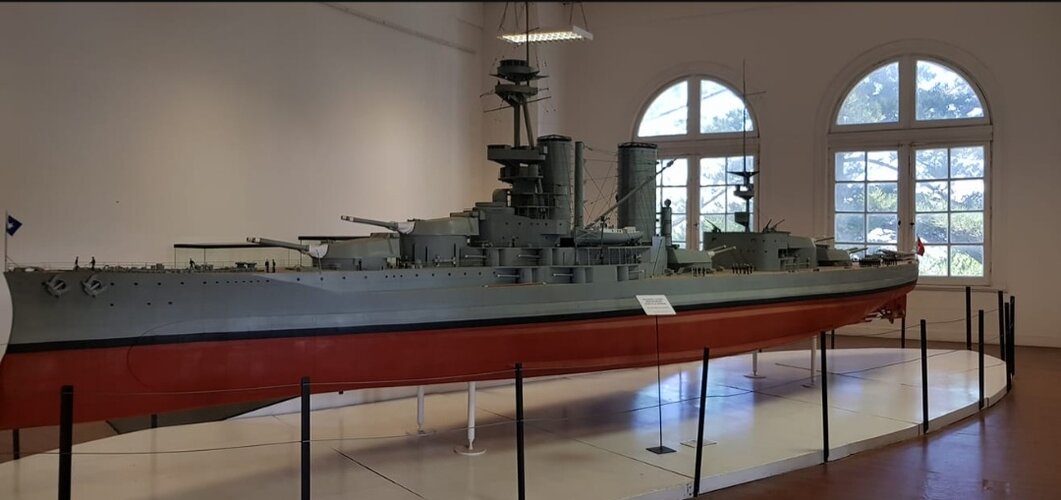 Screenshot_20220715-125752_Chrome.jpg116.6 KB · Views: 74
Screenshot_20220715-125752_Chrome.jpg116.6 KB · Views: 74 -
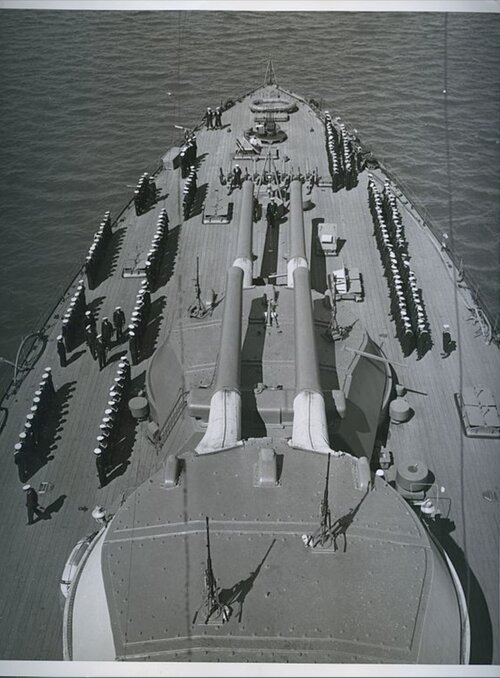 Screenshot_20220715-125730_Chrome.jpg362.3 KB · Views: 84
Screenshot_20220715-125730_Chrome.jpg362.3 KB · Views: 84 -
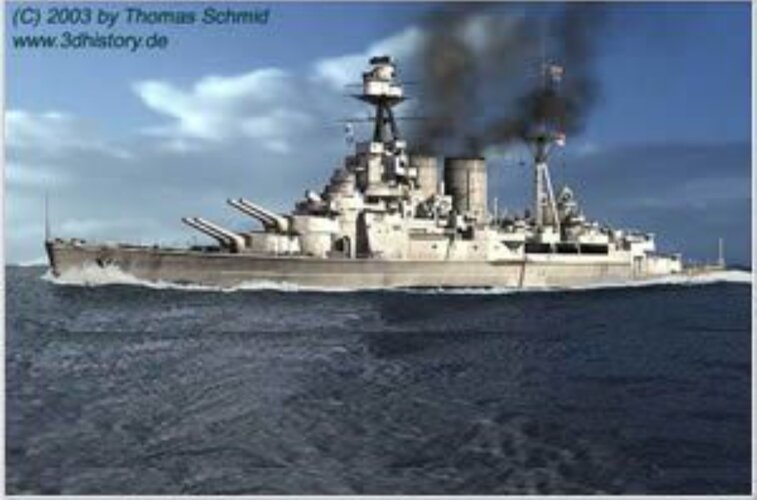 Screenshot_20220715-125547_Chrome.jpg128.4 KB · Views: 80
Screenshot_20220715-125547_Chrome.jpg128.4 KB · Views: 80 -
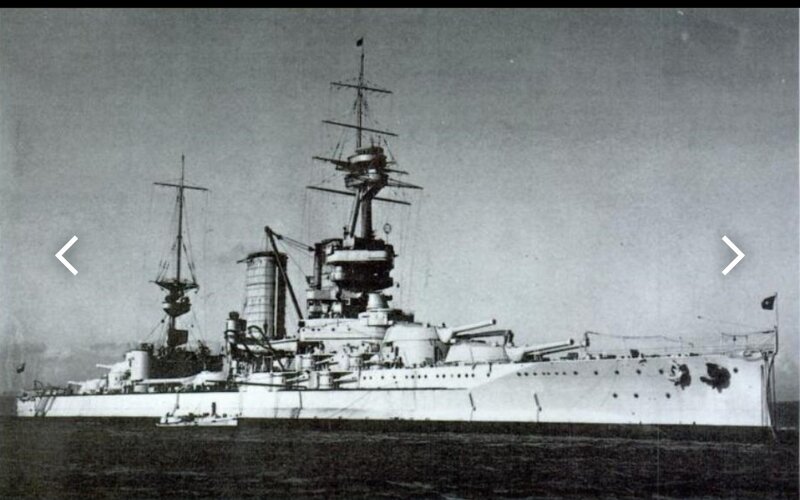 Screenshot_20220715-125400_Chrome.jpg168 KB · Views: 67
Screenshot_20220715-125400_Chrome.jpg168 KB · Views: 67 -
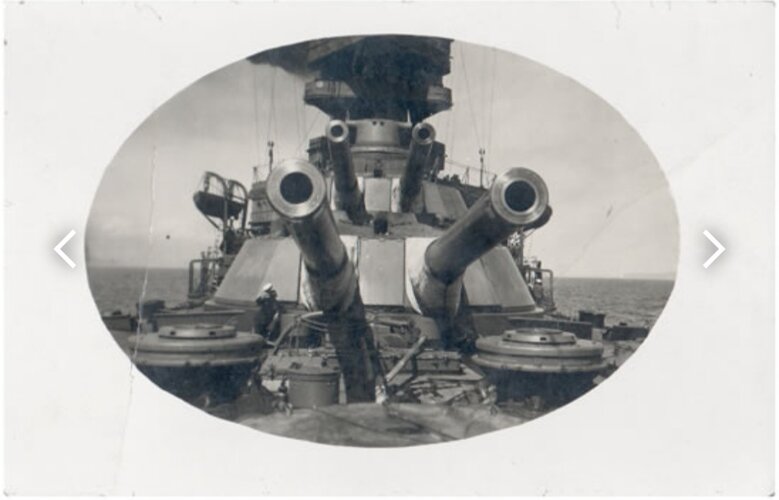 Screenshot_20220715-125343_Chrome.jpg101.2 KB · Views: 60
Screenshot_20220715-125343_Chrome.jpg101.2 KB · Views: 60 -
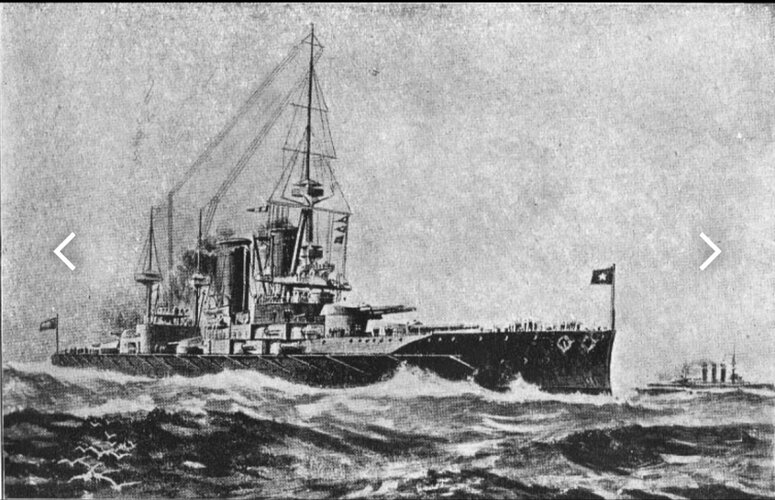 Screenshot_20220715-125331_Chrome.jpg265.7 KB · Views: 59
Screenshot_20220715-125331_Chrome.jpg265.7 KB · Views: 59
ArtosStark
ACCESS: Restricted
- Joined
- 2 December 2020
- Messages
- 17
- Reaction score
- 36
Not as a rule actually. Certainly the Almirante Latorre class was lighter armoured and faster than the standard in larger navies, but this was not a particular British trait in their BB’s. For instance, the BB’s laid down for the RN earlier in the same year as the Latorres had a 12” belt and top speed of 21 knots. This compares pretty closely with the American (12”, 21 knots) and German (11.8”, 20.5 knots). The fact that the Latorres had only 9” and made 22.75 knots was probably down more to the requirements Chile was looking for than British design philosophy. Since it’s only opposition at the time had 12” guns, less armour would make sense.However, this ship presented the same problems as all Royal Navy ships, that is, little armor; in favor of higher speed.
Latorre cost £83 per ton. Iron Duke, which was the British ship closest in design to them, cost £80 per ton. A 4% premium for an export ship doesn’t seem that bad actually.In principle, the price of her was excessive, when compared to the price of battleships of the same Royal Navy, much more powerful. For example, they were more expensive than the fast battleships Queen Elizabeth, when these ships had a 15" battery, a much greater speed and power and better protection.
They did, yes. But the £1.4 million offered by Chile was a fair bit less than the cost to convert her back to a Battleship. If it had not been the RN may well have got rid of her.Did Chile express any interest in (re)acquiring Eagle, and if so would the RN have even considered it?
Lascaris
ACCESS: Secret
- Joined
- 14 November 2008
- Messages
- 271
- Reaction score
- 312
Speaking of the Lattores themselves I'd be interested to know what Chile thought about the Greek bids in 1913-14 to buy one of the two ships from them. Was any serious thought given at accepting them at any time? Anything mentioned in Chilean sources?
